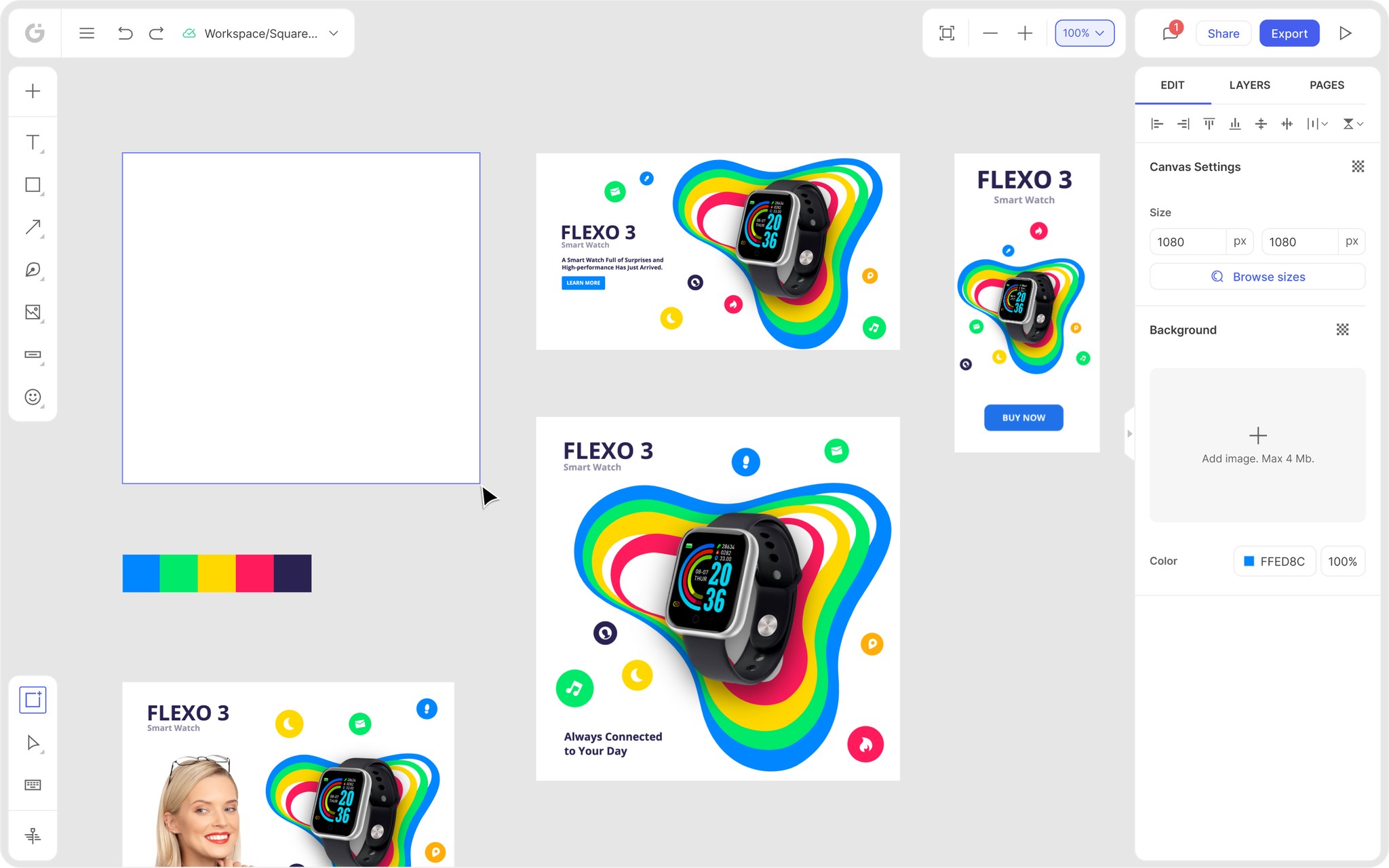Discover the essence of Amazon Storefront banners and their pivotal role in captivating potential customers. Learn the optimal size – 3000 pixels wide by 600 pixels tall – for seamless integration and stunning visual impact. Uncover expert tips for crafting compelling banners that reflect your brand identity and drive sales
Posted Nov 9, 2022
•
6 min read

Photography

Create beautiful marketing graphics at scale.
Mastering Reflection Photography In 4 Easy Steps
1. Reflection photography: Clear the basics
Reflection photography, also referred to as mirror photography and is used to produce a creative replica of a scene by using reflective surfaces. This form of a photograph can add an interesting twist in places like oceans, lakes, ponds, and even flowing water havens where photographers can give a short to water reflection photography. They are all topics widely used to produce brilliant images of reflection. Of course, this style of photography can be easily integrated into less conventional resources such as steel, glass, mirrors, and anything with a reflective surface. Read below for some of the best tips to master the magnificent reflection photography.

2. Hunt the best place
Water is a fundamental reflective surface, however, that doesn’t mean you just have to concentrate on water for reflective surface photography. Photographs reflecting can be produced with some anticipation anywhere. Even if you have not set out to create reflective photography, you can take inspiration to quest for reflective surfaces.
Arrive early enough to verify the visibility of the cloud and the location of the light. Since photography represents the light that represents objects, these are essential considerations that must be taken into account before shooting. Watch for shiny surfaces that catch the eye in your environment. Remember how the perspectives will change as the sun passes through the sky. Often you will get different results when you take the same photograph at different periods of the day.
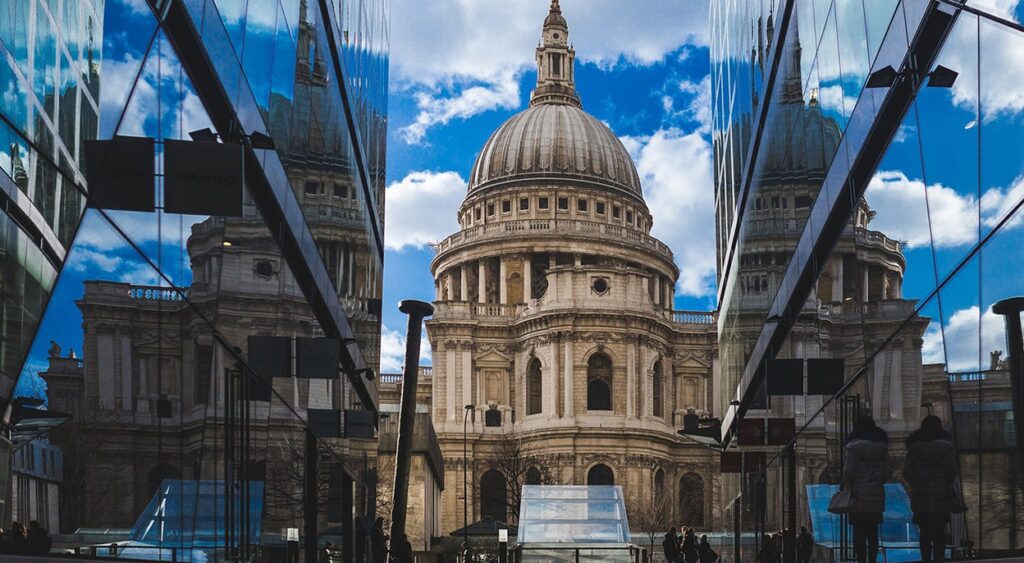
3. Utilize the finest equipment and tools
It is better to use the right tools on hand. Get familiar with your appliance and provide reference materials for a manual and your mobile phone. Google can be your soul mate when you have issues in the areas.
Technically all minds of lenses work when it comes to reflection photography but you can catch more in your image from a wide-angle lens. However, based on what you intend to photograph, you might find that a zoom or a fixed lens is best for the job and it is, therefore, a very good idea to have multiple lenses at hand. Investment in a high-quality fixed lens, zoom lens, and a wide-angle lens is also worthwhile. Props are a perfect way to offer a fresh identity to places with too much photography.
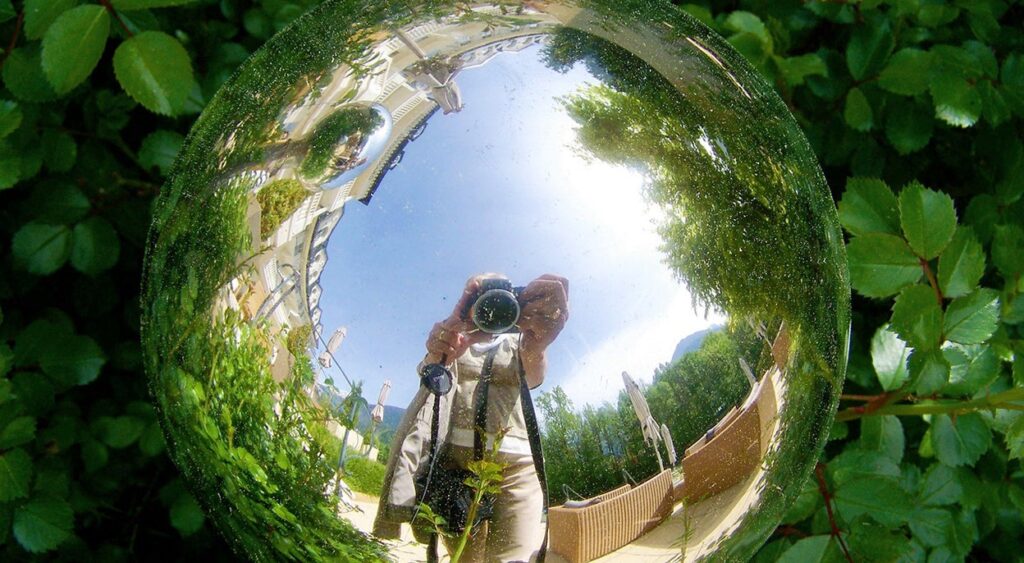
4. Learn and practice your Camera Settings
The aesthetics of photography requires a combination of creative energy and technical expertise.
Reflection photography or reflective surface photography is not so different from landscape photography. Until the shooting, there are a few things to remember. For example, if the Wind rushes, the image will be distorted. The wind will impact calm bodies of water. This is not inherently evil, but it will seem more abstractly. The best weather for water reflections is early in the mornings with a gloomy sky.
you want to concentrate on the entire landscape when trying to work with water-based reflection, even if reflection should be the center of attention. Convert the sensor into the preference aperture mode with a small f/14 or less aperture. Just use a minimum ISO level that still allows for a 1/50 or faster shutter speed and change fine-tune until the right outcome has been attained.
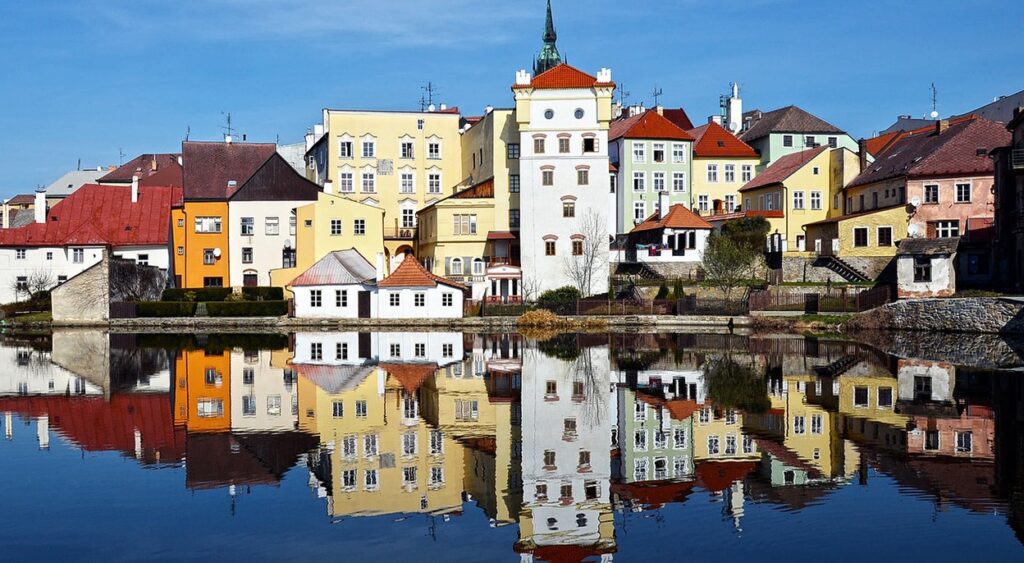
Editing and arrangement
First of all, throw out of your window the law of thirds. Reflection photography consists of subjects throughout the location. The object of reflection is to produce an echo effect, so there is no need for the subject to be off-center to be interesting. Leveraging the horizon and positioning it in the center of the picture helps to symmetry the aspect – a philosophy of design that often highlights the images.
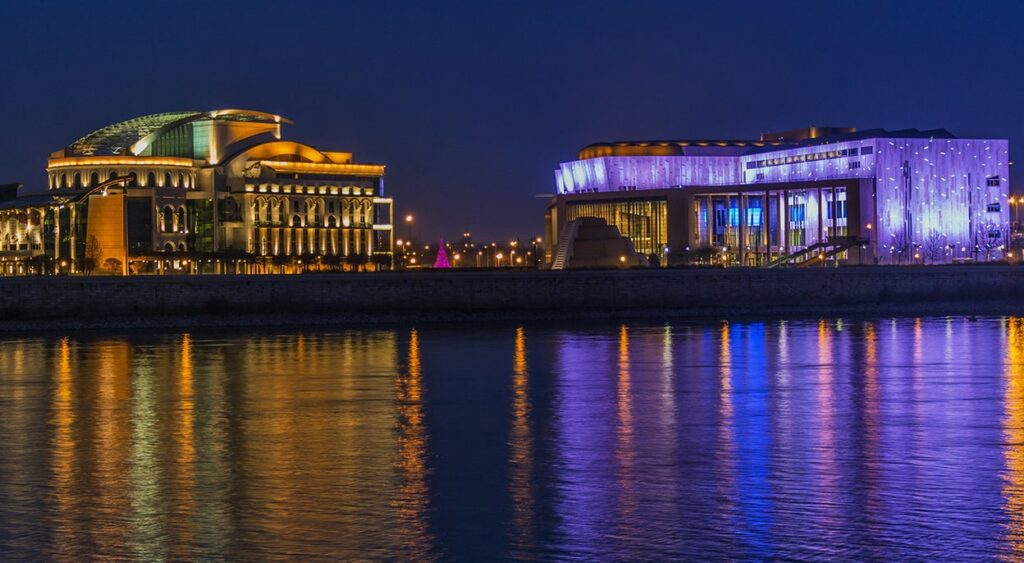
Conclusion-
As mentioned above, from topics to time, the camera settings to gadgets you are using must be taken into account. We think you will find that you are better suited to try your hand on some incredible reflection photography- you gotta trust yourself too!
Reflection Photography Ideas FAQs
1. How does one draw inspiration for Reflection photography?
Inspiration for Reflection photography or reflective surface photography is not hard to find. If you take a picture of the scenery, look for a river or lake. If you’re in town, wait for the rainfall and look for pools of water. However, it’s not enough to find a body of water for water reflection photography. And this post is where it comes in. It should be known that all mirror images are about balance, hence, don’t be reluctant to experiment around in your pictures with peculiar formed elements.
2. Why do we need imagery of reflection?
The perfect capture can take time and attention, but the final results can be gratifying. Though reflection photography can be used to add complexity and interest, it can also serve as a frame to capture an image in a picture, all clever and aesthetically original simultaneously.
3. What is photography’s science?
Before talking further, there is a very interesting scientific trend which can make photography very fascinating and contribute significantly. The reflections are a spectacular phenomenon that takes place both in sound and light.
Features
Explore templates
Alternatives
© 2024 Glorify App - All rights reserved






